Flowers Native To Swamps – Learn About Flowering Swamp Plants
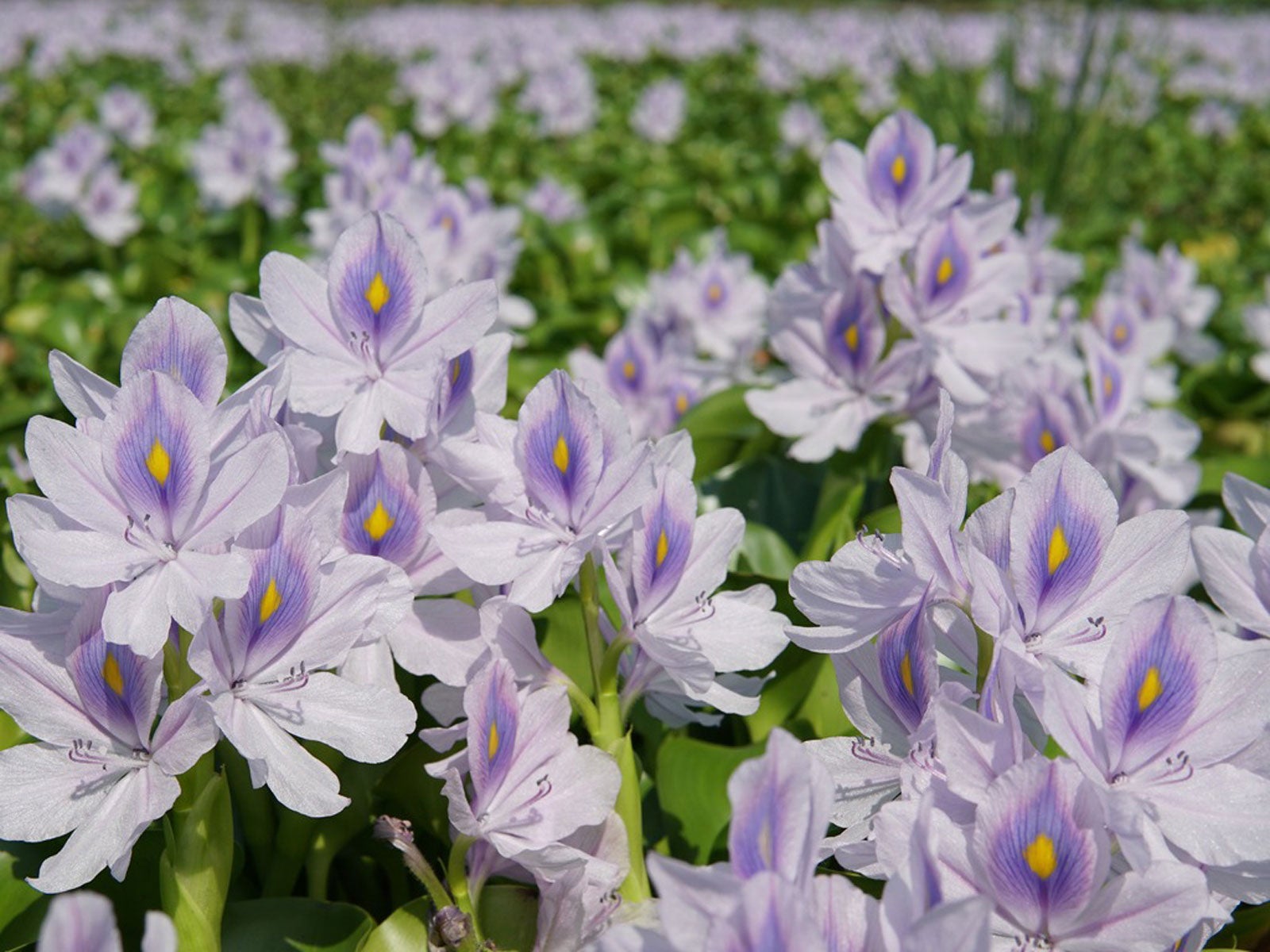

Flowering swamp plants present a good solution for the gardener facing the challenge of a wet, swampy yard. Wetlands are simply another type of ecosystem. With the right plants, those that tolerate wet conditions, you can still enjoy a flowering garden in your backyard swamp.
Growing Wetland Flowers
While it may seem like an ecosystem that is less ideal for plants, a wetland or swamp area is home to a number of native plants, including pretty flowers. Swamp flowers and other plants that are native to your particular area should grow well with little intervention on your part.
The most important thing you can do to grow these flowers successfully is knowing their needs. Some, such as blue flag iris, need a few inches (8 cm.) of water to grow in. Others, like water lilies, root in the mud and float. They need a few feet (1 m.) of permanent standing water to grow.
Choosing Flowers Native to Swamps
Flowers that grow in swamp-like areas are varied and can depend on a particular climate. You can check with your local extension office to make sure the flowers you choose will grow well in your ecosystem and growing conditions. Examples of wetland flowers to try in your swampy garden include:
- Water hyacinth. Hardy to zones 8 to 11, water hyacinth plants have striking pale purple blooms similar in appearance to hyacinth flowers, hence the name. These floating plants require regular thinning to control spread, however.
- Northern blue flag. The blue flag is a stunning iris that is a perennial swamp bloomer. Just watch out for the yellow flag, which is invasive in North America.
- Marsh marigold. Marsh marigold is an early bloomer that produces sunny, yellow flowers as early as March.
- Swamp azalea. For a flowering shrub, choose swamp azalea, a rhododendron relative. It can grow up to 8 feet (2 m.) tall and produces fragrant flowers in white or pink in midsummer.
- Red twig dogwood. Another flowering shrub for wetlands is red twig dogwood. Not only does it produce pretty spring flowers, but it also provides winter interest with its stunning, red branches.
- Joe-Pye weed. While some may consider this a weed, Joe-Pye is more accurately a native wildflower. The plants grow tall, up to 6 feet (2 m.), and topped by impressive clusters of small white or pink flowers.
- Rose mallow. This hibiscus plant produces white or pink flowers. Rose mallow is durable and easy to grow in swamps.
- Pickerelweed. Another wildflower for wetlands is the pickerelweed. This is a tough plant that is easy to grow. It produces spikes of attractive blue flowers.
- Water lily. For permanent ponds in your landscape, choose water lilies. These flowering plants anchor to the bottom soil and produce large single flowers.
- American lotus. Another anchored floating plant is the lotus. These plants produce striking yellow flowers on the top of tall stems. They may rise a few feet (1 m.) above the surface of the water.
Gardening tips, videos, info and more delivered right to your inbox!
Sign up for the Gardening Know How newsletter today and receive a free copy of our e-book "How to Grow Delicious Tomatoes".

Mary Ellen Ellis has been gardening for over 20 years. With degrees in Chemistry and Biology, Mary Ellen's specialties are flowers, native plants, and herbs.
-
 4 Superfast Composting Methods: Turn Waste Into Garden Gold In 30 Days Or Less
4 Superfast Composting Methods: Turn Waste Into Garden Gold In 30 Days Or LessTry the fastest composting methods to turbocharge your pile and transform kitchen scraps and garden waste into finished compost in just a few weeks.
By Mary Ellen Ellis
-
 Best Spider Plant Soil – Complete Soil Guide And Expert Tips For Keeping Plants Happy
Best Spider Plant Soil – Complete Soil Guide And Expert Tips For Keeping Plants HappySpider plants are fun and easy plants to grow, but what is the best soil for a spider plant? Selecting the right soil is important so they can thrive.
By Bonnie L. Grant
-
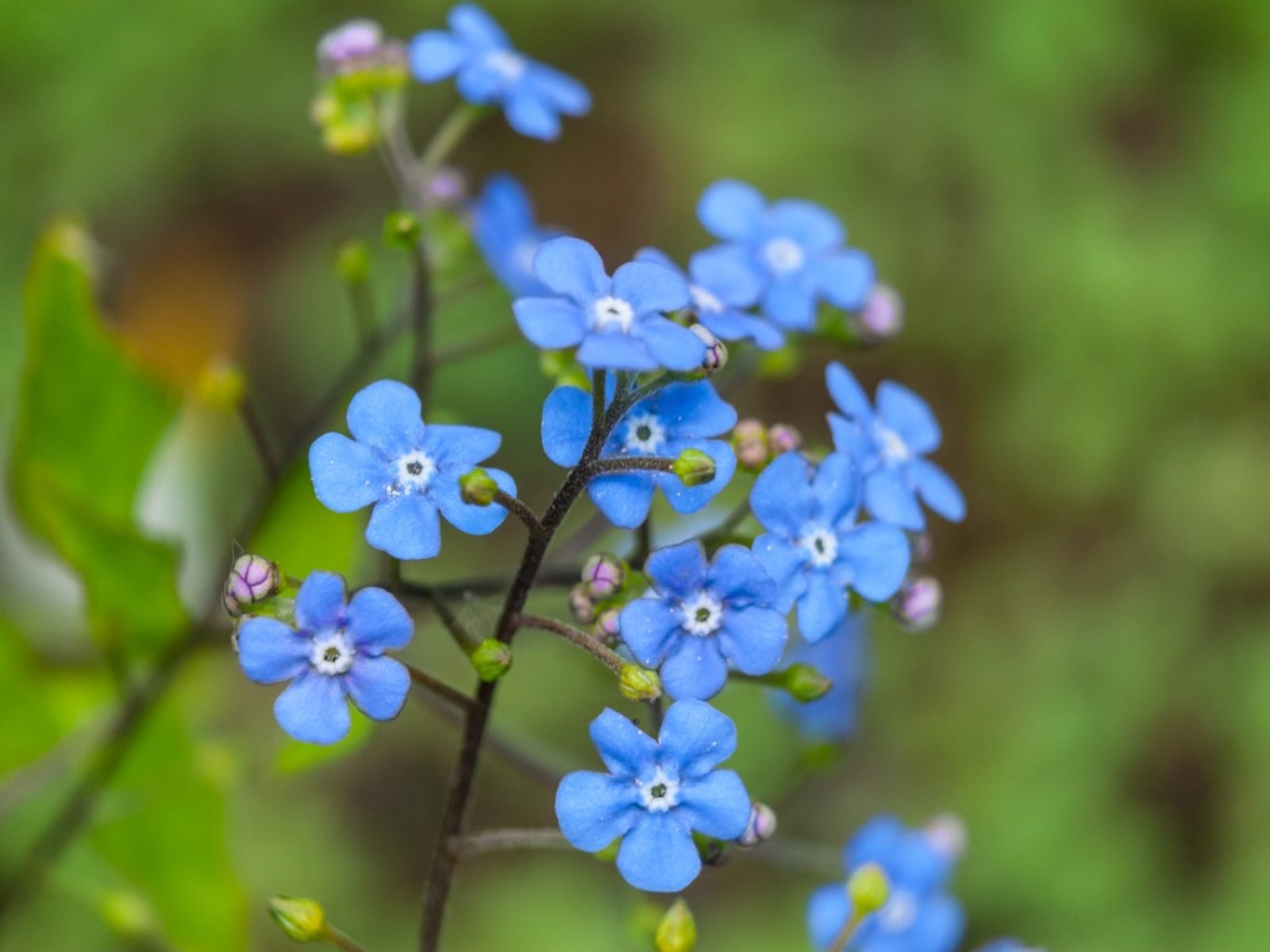 Flowering Pond Plants - Growing Aquatic Flowers
Flowering Pond Plants - Growing Aquatic FlowersAdding flowering pond plants to natural and manmade water features can be an easy way to quickly beautify a space with lush greenery and vibrant bursts of seasonal color. Read on for more.
By Tonya Barnett
-
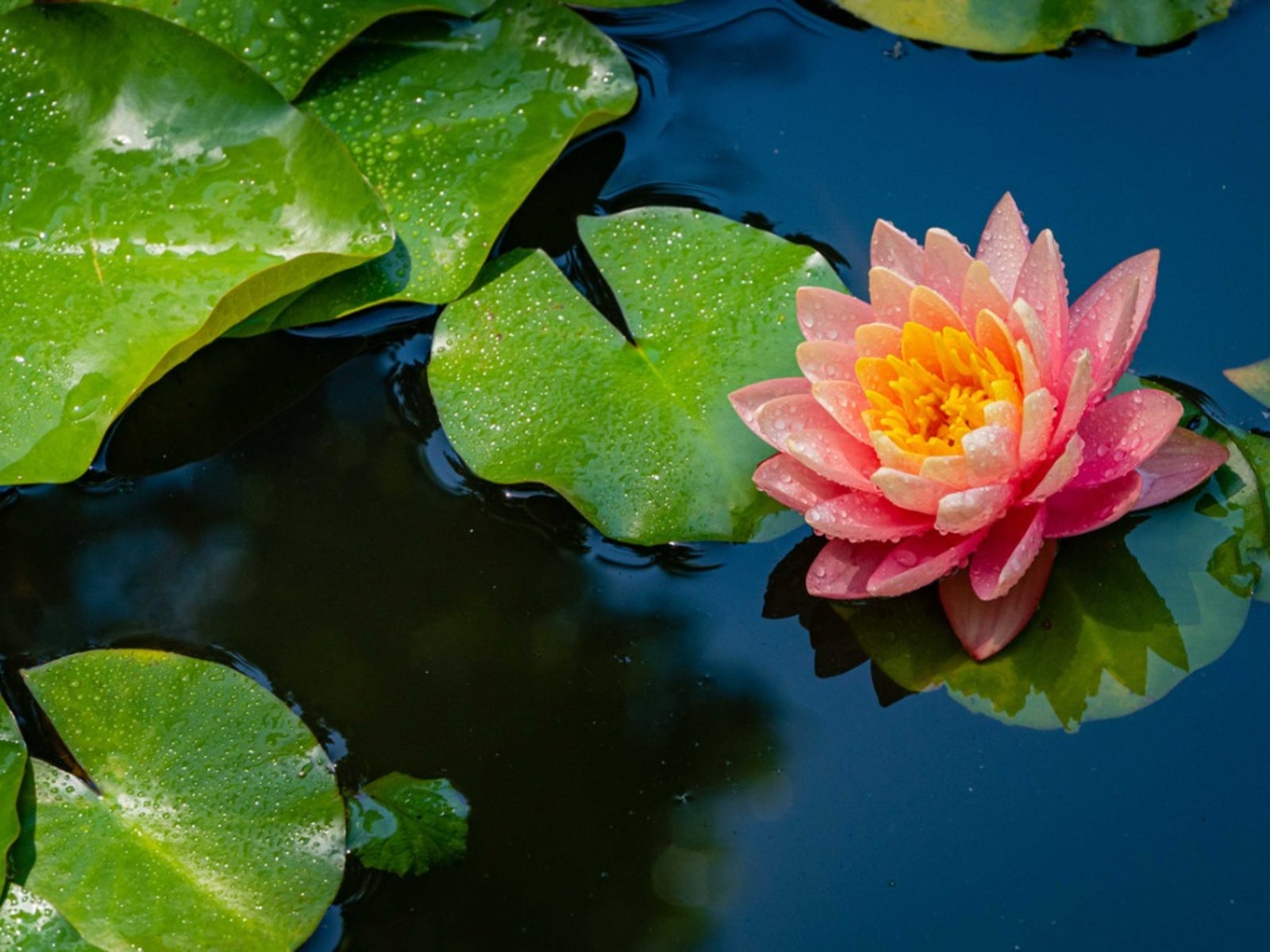 Full Sun Aquatic Plants - Full Sun Floating Pond Plants
Full Sun Aquatic Plants - Full Sun Floating Pond PlantsThere are pros and cons to putting a pond in full sun, but it's very doable. Here are some ideas to get you started.
By Mary Ellen Ellis
-
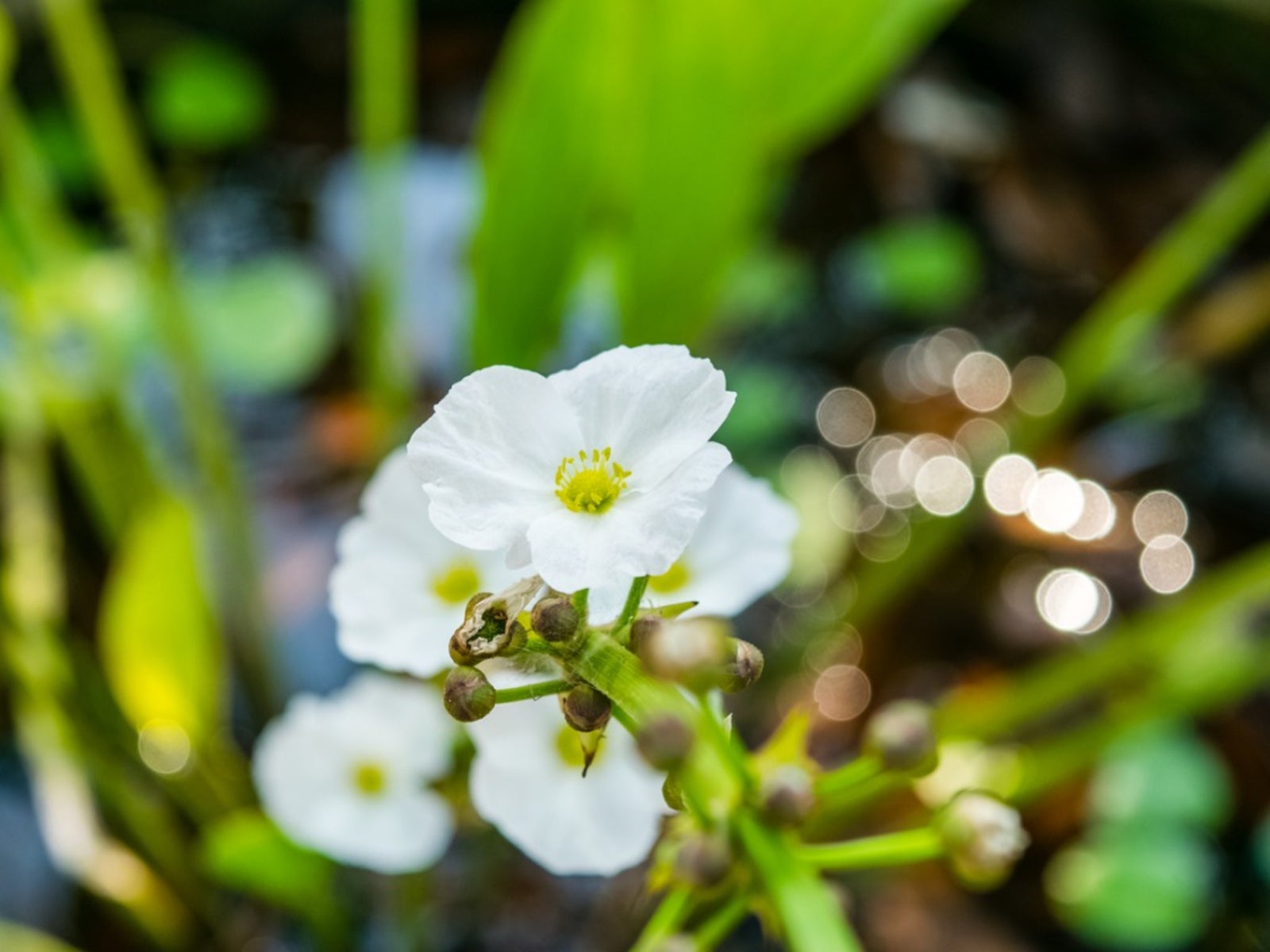 Echinodorus Creeping Burhead – Information On Creeping Burhead Plant Care
Echinodorus Creeping Burhead – Information On Creeping Burhead Plant CareCreeping burhead plants are members of the water plantain family and commonly used in freshwater aquariums or outdoor fishponds. Echinodorus creeping burhead is native to the eastern half of the United States. To learn more about the creeping burhead plant click the following.
By Laura Miller
-
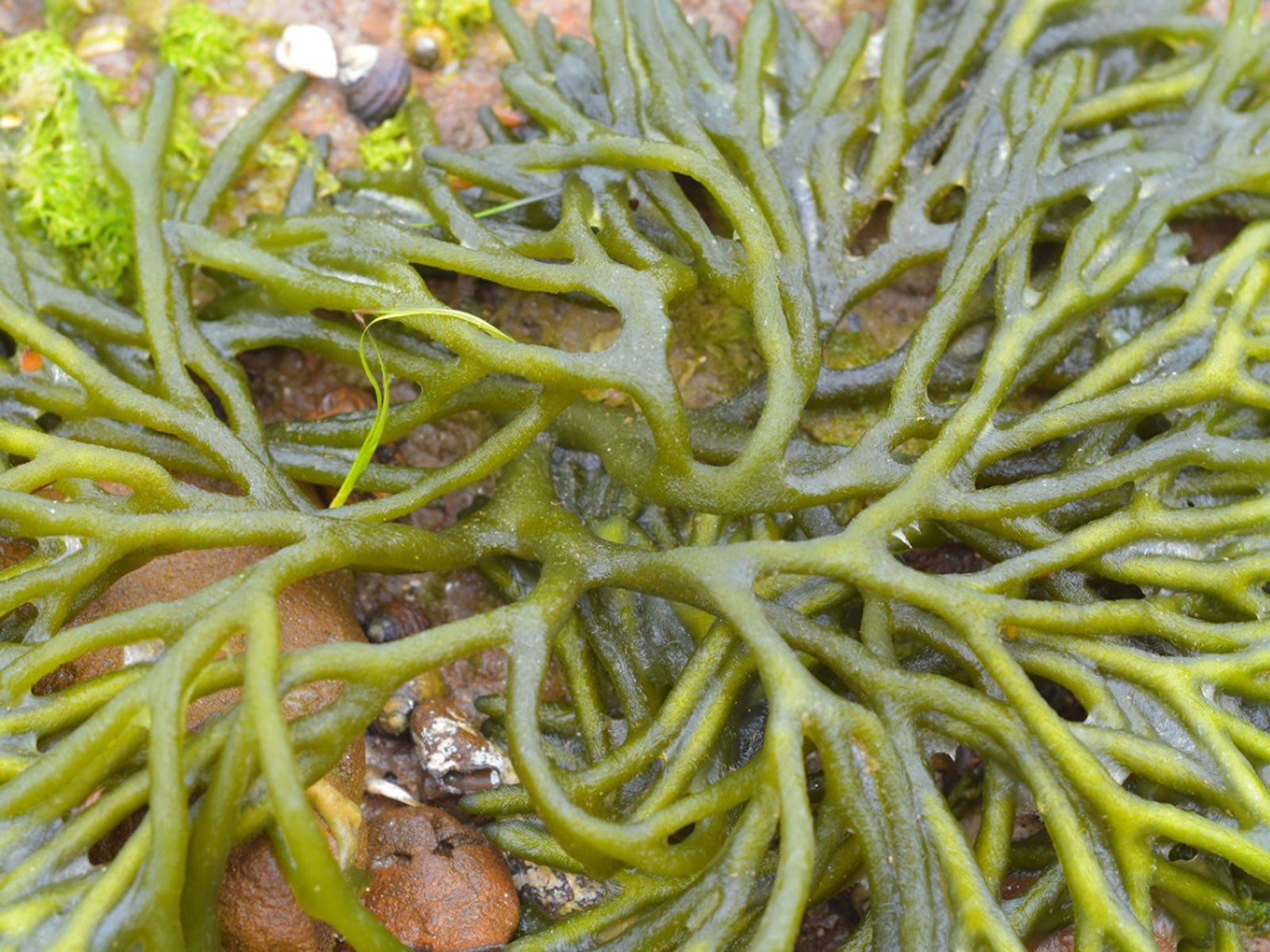 What Is A Saltwater Aquarium: Plants For Saltwater Aquariums
What Is A Saltwater Aquarium: Plants For Saltwater AquariumsBuilding and maintaining a saltwater aquarium requires some expert knowledge in choosing the right plants. Here are some choices to start with.
By Mary Ellen Ellis
-
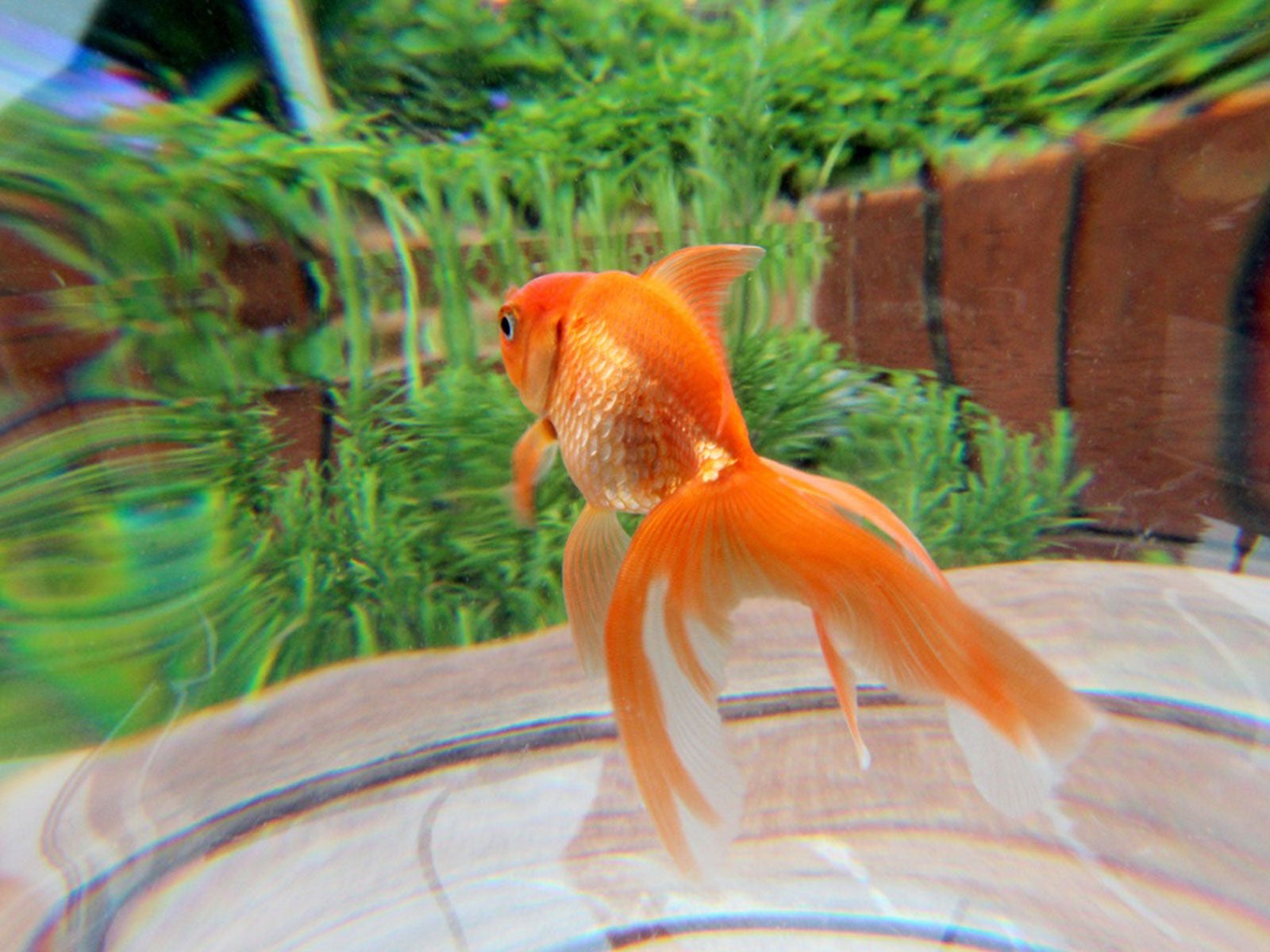 Outdoor Aquarium Ideas: Putting A Fish Tank In The Garden
Outdoor Aquarium Ideas: Putting A Fish Tank In The GardenAquariums are generally made for inside the house, but why not have a fish tank outside? Click here for tips and ideas on backyard aquariums.
By Mary Ellen Ellis
-
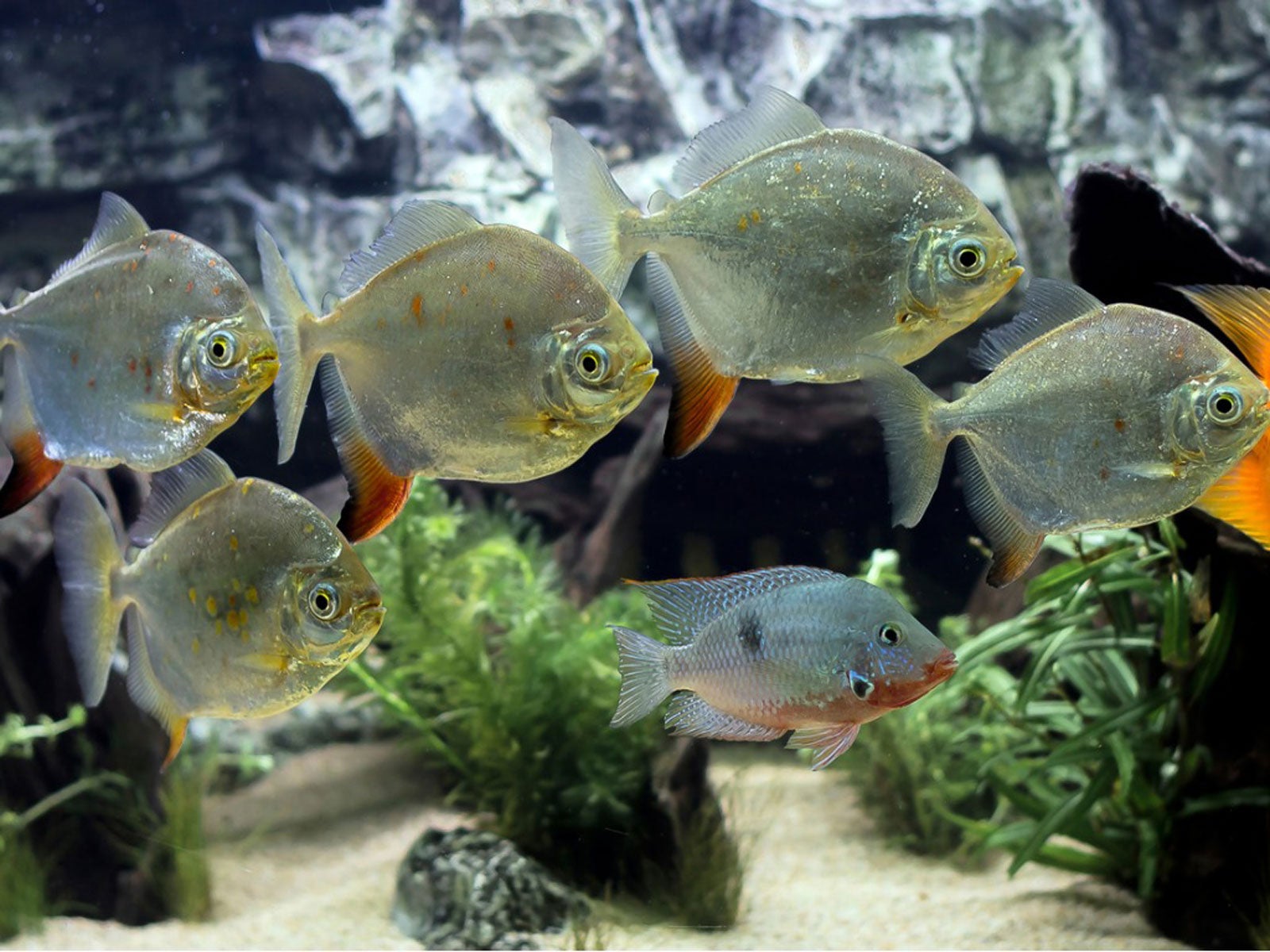 Fish That Eat Plants – Which Plant Eating Fish Should You Avoid
Fish That Eat Plants – Which Plant Eating Fish Should You AvoidGrowing plants with aquarium fish is rewarding, but if you want to combine plants and fish, learn what aquarium fish to avoid. This article will help.
By Mary H. Dyer
-
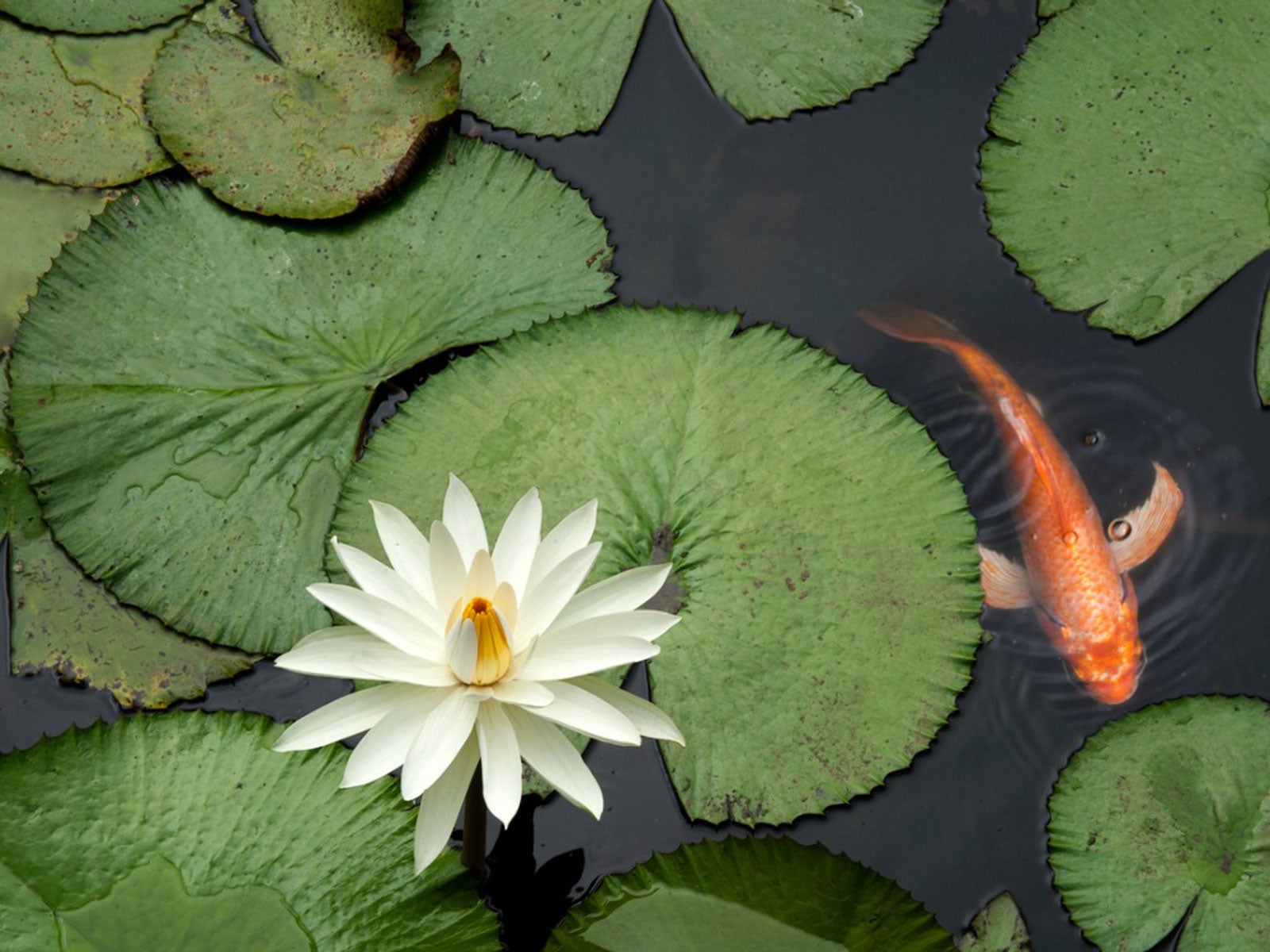 Is Pond Fertilizer Bad For Fish: Learn About Fish Safe Fertilizer
Is Pond Fertilizer Bad For Fish: Learn About Fish Safe FertilizerUsing fertilizer around fishponds must be done with care. Excess nitrogen causes algae, but can also contaminate the water and affect fish. Learn more here.
By Bonnie L. Grant
-
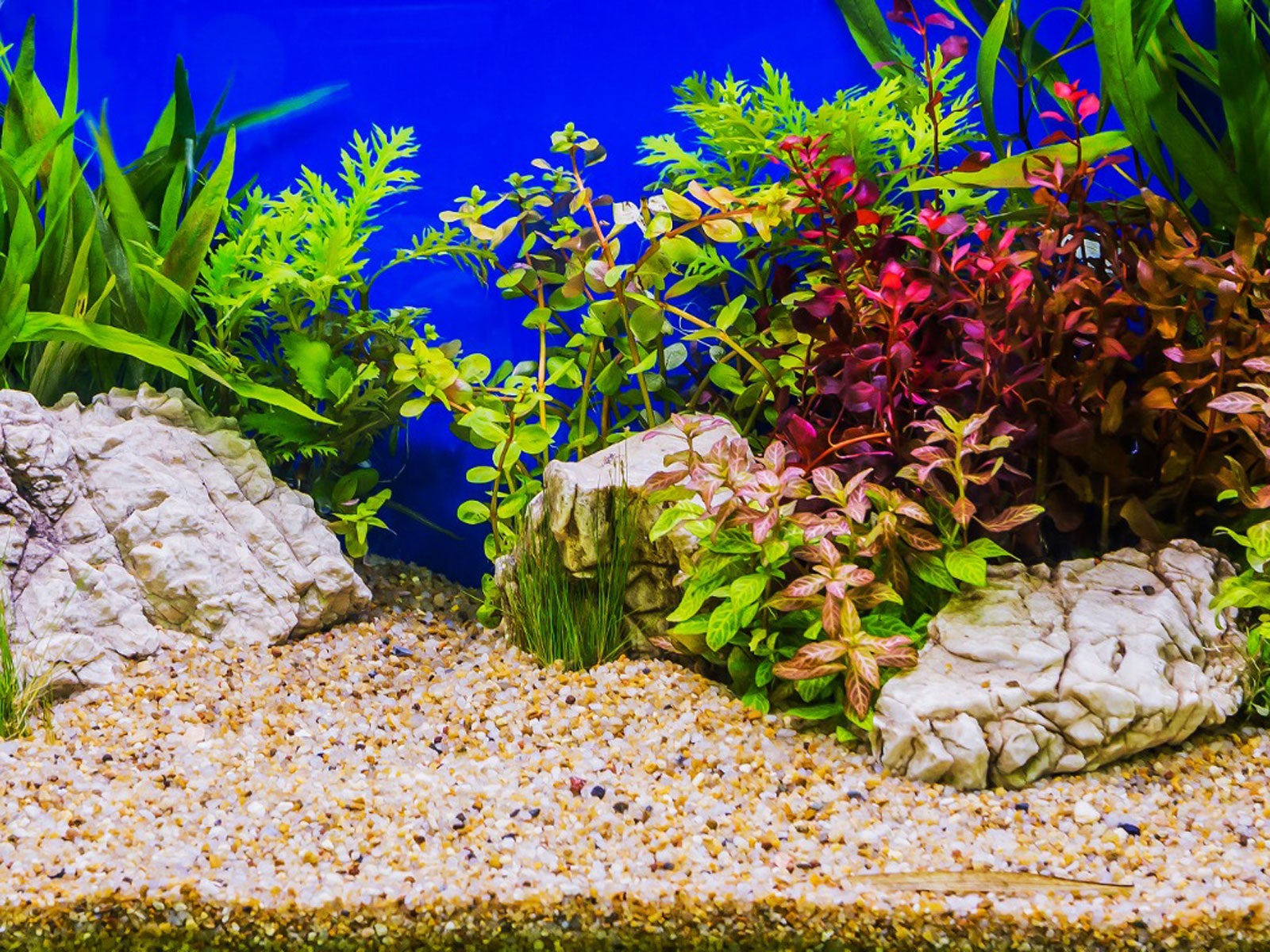 What Is Aquascaping – Creating An Aquarium Garden
What Is Aquascaping – Creating An Aquarium GardenAquatic gardening can be a rewarding endeavor, especially when aquascaping. Click this article to learn more about creating an aquarium garden.
By Nikki Tilley